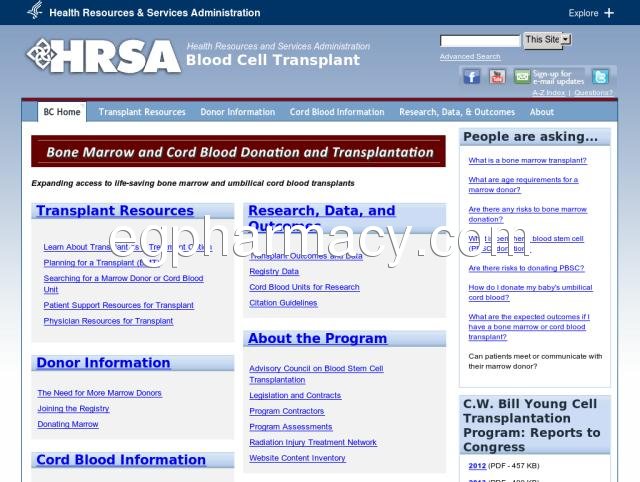Cialis 5 mg wird häufig für den täglichen Gebrauch verschrieben. Diese niedrige Dosis eignet sich für Dauertherapie. Preise dafür sind unter cialis 5 mg preis zu finden.
bloodcell.transplant.hrsa.gov Review:
Blood Cell Transplantation - Health centers are non-profit private or public entities that serve designated medically underserved pop
Country: 162.99.248.131, North America, US
City: -77.1835 Maryland, United States
I've just started using VS 2012, and so far have found it a major regression in appearance and ease of use.
I would have rated the software 4 stars, except Roxio does not allow users to select features, shortcuts, etc. during the installation process. Even the default settings remove previous user settings without the user's knowledge. Older versions allowed some customization during the installation; however, that is no longer true. After I installed the software, I inserted a CD. One of the Roxio applications started up. With a little search, I was able to deactivate that feature. I also noticed that "Auto run" was disabled so my CD's would not automatically open Windows Media Player. I am still finding other items that Roxio configured without my knowledge. Just this morning I saw an item in the drive list (under "Computer" in Windows Explorer) - it is labeled "Roxio Burn Disc Viewer". I thought I configured Roxio Burn Disc to not open.
Not easy to install in my Prius and user manual is hard to follow. Also seat is not as comfortable as it looks. Car seat is a non-returnable item once opened due to safety reason so I'm stuck with it. Company's website has YouTube videos on installation and I'm finally able to install it after watching the videos.
